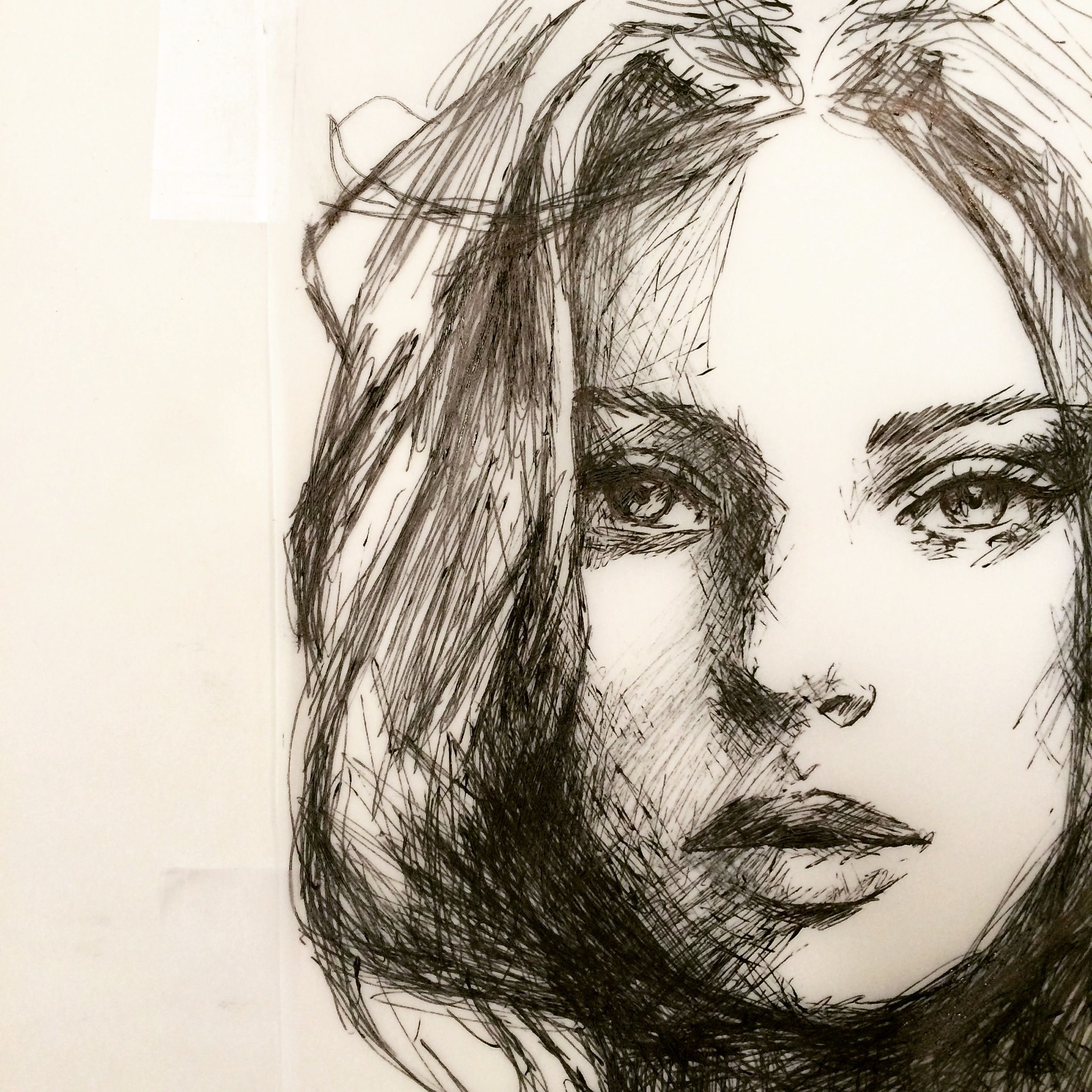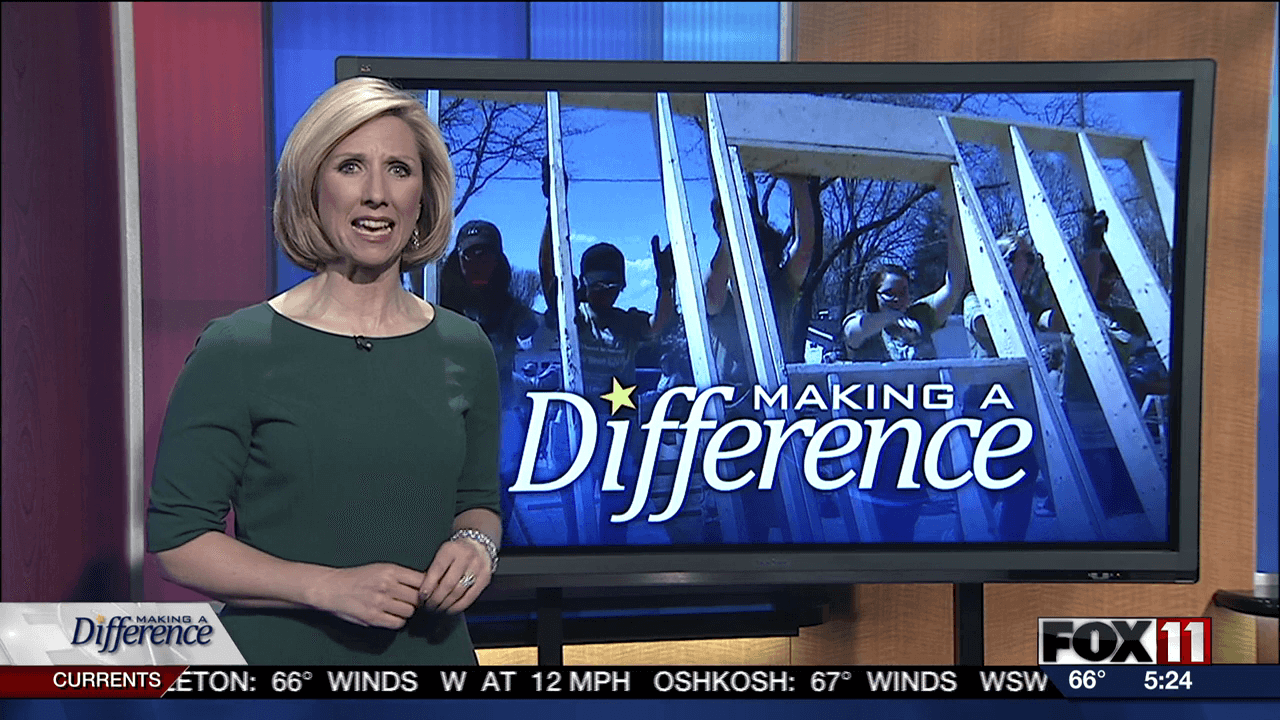DIY Baby Headbands: Easy Tying Techniques for Adorable Accessories
DIY baby headbands: a simple guide to adorable accessories
Create your own baby headbands is not lonesome cost-effective but besides allow you to customize accessories that utterly match your little one’s outfits. With upright a few materials and basic techniques, you can craft beautiful headbands that are gentle on delicate skin and adjustable as your baby grow.
Essential materials for DIY baby headbands
Before diving into the tie techniques, gather these basic supplies:
- Soft, stretchy fabric (nylon, cotton jersey, or elastic )
- Ribbons in various widths and patterns
- Fold over elastic (foe )
- Fabric scissors
- Measure tape
- Needle and thread (or sewing machine for some styles )
- Hot glue gun (optional )
- Decorative elements like small flowers, bows, or buttons
The key to comfortable baby headbands is select the right materials. Will opt for soft, stretchy fabrics that won’t will irritate your baby’s sensitive skin. Nylon headbands, jersey knit fabric, and fold over elastic are popular choices among crafty parents.

Source: applegreencottage.com
Measure for the perfect fit
Before make any baby headband, you need to determine the right size:
- Newborns (0 3 months ) 13 14 inches
- Babies (3 6 months ) 14 16 inches
- Older babies (6 12 months ) 16 18 inches
- Toddlers (1 3 years ) 18 20 inches
Invariably measure your baby’s head circumference straight for the nigh accurate fit. The headband should be snug adequate to stay in place but not thence tight that it leave marks on your baby’s skin. When work with stretchy materials, cut the fabric approximately 1 2 inches shorter than the head circumference to ensure it stay in place well.
Basic knotted headband technique
The simplest baby headband requires no sewing astatine wholly:
- Cut a strip of stretchy fabric about 1.5 2 inches wide and approximately 1 2 inches shorter than your baby’s head circumference.
- Stretch the fabric softly to test its elasticity.
- Tie a simple overhand knot in the center of the strip.
- Adjust the knot to the desire tightness and trim any excess fabric if necessary.
- Position the knot at the top of your baby’s head for a classic look, or turned to one side for a modern style.
This basic will not style will work terrifically with jersey fabric, as the material won’t will fray and the knot will create a cute detail on its own. You can besides leave the ends of the fabric visible for a rustic look or tuck them under for a cleaner finish.
Top knot baby headband
The top knot headband is a popular style that create an adorable bow effect:
- Cut a strip of fabric roughly 3 4 inches wide and 1 2 inches shorter than your baby’s head circumference.
- Fold the strip in half lengthwise with right sides unitedly.
- Sew along the long edge, leave a small opening.
- Turn the tube right side out through the opening.
- Fold the tube in half to create a loop.
- Tie the ends unitedly in a simple knot.
- Adjust the knot to create two loops that resemble a bow.
- Trim excess fabric if neededneed, leave approximately half an inch beyond the knot.
This style create a sweet bow effect that sit atop your baby’s head. The beauty of this design is that you can adjust the tightness of the knot as your baby grow, make it a farseeing last accessory.
Elastic loop headband
For a headband that’s easy to put on and take off:
- Cut a piece of fold over elastic to your baby’s head measurement minus 1 2 inches.
- Overlap the ends by approximately half an inch.
- Sew the overlapped end unitedly firmly with a zigzag stitch.
- For decoration, create a simple fabric bow:
- Cut a rectangle of fabric roughly 4×6 inches.
- Fold in half lengthwise and sew along the open edge.
- Turn right side proscribed and press flat.
- Pinch the center to create bow shape.
- Cut a small strip of fabric to wrap around the center.
- Secure the bow to the elastic band with a few stitches or hot glue.
This technique create a headband that slip on easy but stay secure. The elastic provide gentle tension without pull hair or cause discomfort.
No sew ribbon headband
If you don’t have sewing skills, this technique is perfect:
- Cut a piece of fold over elastic to your baby’s head measurement minus 1 2 inches.
- Fold the elastic into a loop and tie a secure knot, or use hot glue to join the ends.
- Take a length of ribbon (approximately 10 12 inches )
- Position the elastic band on a flat surface.
- Place the center of the ribbon on top of the elastic band.
- Wrap the ribbon around the elastic band, cross underneath.
- Bring both end up and tie a bow on top.
- Secure with a drop of hot glue if neededneed.
This method allow you to create multiple headbands with different ribbons use the same elastic base. It’s too easy to change the decoration as your baby grow or as seasons and outfit change.
Braided fabric headband
For a more textured look:
- Cut three strips of stretchy fabric, each about 1 inch wide and 3 times the length of your baby’s head circumference.
- Stretch each strip lightly to activate the natural curl of jersey fabric.
- Secure the three strips unitedly at one end with a safety pin or by tie them unitedly.
- Braid the three strips unitedly, maintain even tension.
- When you reach the end of your braid, secure with another tie.
- Wrap the braid around your baby’s head to check the fit.
- Trim excess fabric if neededneed, leave adequate to tie the ends unitedly.
- Tie the ends in a secure knot, position the knot under hair at the back or nape of the neck.
The braid technique creates a textured headband that have more grip than a single strip of fabric, help itstaysy in place on fine baby hair. Use different colored strips create multicoloredre braid effect that’s both pretty and practical.

Source: applegreencottage.com
Infinity knot headband
This elegant style creates a twisted knot at the front:
- Cut a strip of fabric approximately 2 3 inches wide and twice the length of your baby’s head circumference.
- Fold the strip in half lengthwise with right sides unitedly and sew along the long edge.
- Turn the tube right side out and press flat.
- Form a circle by join the short ends with right sides unitedly and sew.
- Twist the loop to create a figure eight shape.
- Fold one loop over the other to create an infinity knot.
- Try it on your baby and adjust as need.
This sophisticated design look complex but is amazingly simple to make. The infinity knot creates an elegant detail at the front while the continuous loop ensure the headband stay comfortable and secure.
Tips for tying baby headbands
Ensuring comfort and safety
Baby’s comfort should incessantly be your top priority:
- Invariably check for rough edges or expose stitch that might irritate your baby’s skin.
- Insert two fingers under the headband to ensure it’s not excessively tight.
- Remove headbands during naps and bedtime to prevent discomfort.
- Watch for signs that the headband is excessively tight, such as red marks on the skin or your baby often try to remove it.
- Avoid small decorations that could become choke hazards if they detach.
Position the headband
The correct placement makes all the difference:
- For newborns, position the headband upright above the ears and eyebrows.
- For older babies with more hair, place the headband slender backwards from the hairline.
- Will adjust decorative elements to sit at the side or top of the head, not will press against the back of the head where your baby will lie down.
- For active babies, secure the headband with a small, safe clip if neededneed.
Decorate your baby headbands
Once you havmastereder the basic tie techniques, let your creativity shine with decorations:
Fabric flowers
- Cut circles of fabric in descend sizes.
- Fold each circle in half, so in half again.
- Secure at the pointed end with a few stitches.
- Layer the fold circles and stitch unitedly at the center.
- Add a button, bead, or small fabric circle to the center.
- Attach to the headband with stitches or hot glue.
Simple bows
- Cut a rectangle of fabric (size depend on desire bow size )
- Fold in half lengthwise with right sides unitedly and sew along the long edge.
- Turn right side proscribed and press flat.
- Pinch the center and secure with a small piece of fabric or ribbon wrap around the middle.
- Attach to the headband at the desire position.
Layered embellishments
Create dimension by layer different elements:
- Start with a base of feel or fabric cut into a simple shape like a circle or heart.
- Add smaller shapes on top in contrast colors.
- Finish with a small button, sequin, or tiny bow at the center.
- Secure all layers to the headband with strong stitches or fabric glue.
Seasonal baby headband ideas
Customize your baby headband for different occasions:
Spring and summer
- Bright floral patterns
- Lightweight cotton fabrics
- Small fabric daisies or sunflowers
- Fruit theme decorations like strawberries or watermelons
Fall and winter
- Velvet or flannel fabrics for warmth
- Autumn leaf decorations
- Festive elements like small holly leaves or snowflakes
- Wider bands that provide more coverage for cooler weather
Special occasions
- Holiday theme colors and decorations
- Tiny tulle bow for formal events
- Satin ribbons for a luxurious look
- Coordinate colors to match special outfits
Troubleshoot common issues
Headband won’t will stay in place
- Try a slender tighter fit ( (t smooth comfortable ).)
- Use materials with more grip, like velvet or texture fabric.
- Add small silicone dots on the inside of the band for extra grip.
- Consider a different style that wrap more firmly around the head.
Decorations come loosen
- Reinforce attachments with both glue and stitch.
- Use fabric glue sooner than hot glue for more durability.
- Check decorations before each use to ensure they’re secure.
- Avoid decorations with small parts that could become choke hazards if detached.
Grow with your baby
As your little one grow, you can adapt your headband make techniques:
- For newborns, focus on ultra soft materials and minimal decorations.
- For babies who are will start to will roll and will move more, will create secure styles that won’t will slip.
- For toddlers, involve them in choose colors and decorations for their headbands.
- Create adjustable designs that can grow with your child by use ties instead than closed loops.
Final thoughts on DIY baby headbands
Create your own baby headbands is a rewarding craft that allow you to make custom accessories utterly suited to your little one. With these basic tie techniques, you can create an entire collection of headbands for a fraction of the cost of store buy versions.
Remember that the best baby headbands are those that balance style with comfort and safety. As you become more confident in your basic techniques, don’t be afraid to experiment with different materials, colors, and decorative elements to create unfeigned unique pieces for your baby.
Whether your craft for your own child or make gifts for friends and family, these handmade accessories are sure to be treasure keepsakes that capture the precious early days of childhood.



